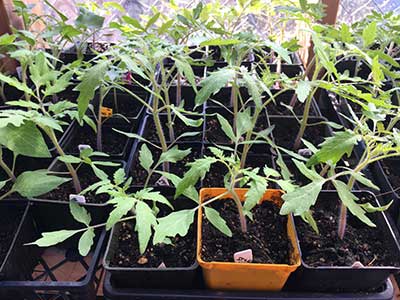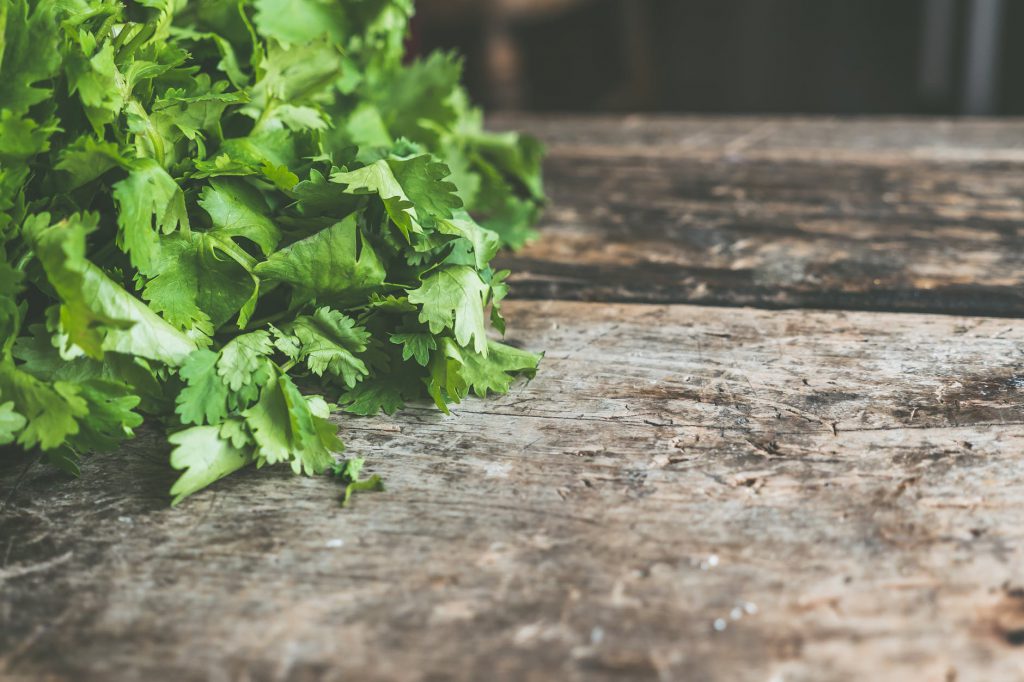
Growing your own herbs is a great project for any gardener. Fresh herbs are so much better than storebought at a fraction of the price. They’re also easy to grow and take up little space making them ideal for container gardening or just those who are too busy for a full garden.
Herbs to Grow
If you don’t already have an herb garden, these are a few great herbs to start with:
- Basil
This heat-loving annual can really make homemade pizza or pasta great. - Lemon Balm
A member of the mint family, lemon balm is vigorous and perennial. It’s most commonly used to make a relaxing, lemony tea. - Thyme
Another perennial, thyme is quite easy to grow and useful. We’ve actually got a whole post about why you should grow thyme. - Cilantro
If you love to cook, a few cilantro plants are a must have. The leaves and seeds are used in Chinese, Indian, and Mexican cuisine. - Parsley
Fresh parsley is so much more flavorful and it’s beautiful and nutritious too! It doesn’t mind cool weather so it can be direct sown in early spring. - Chives
Easy to grow and perennial, chives are a great choice for new gardeners.
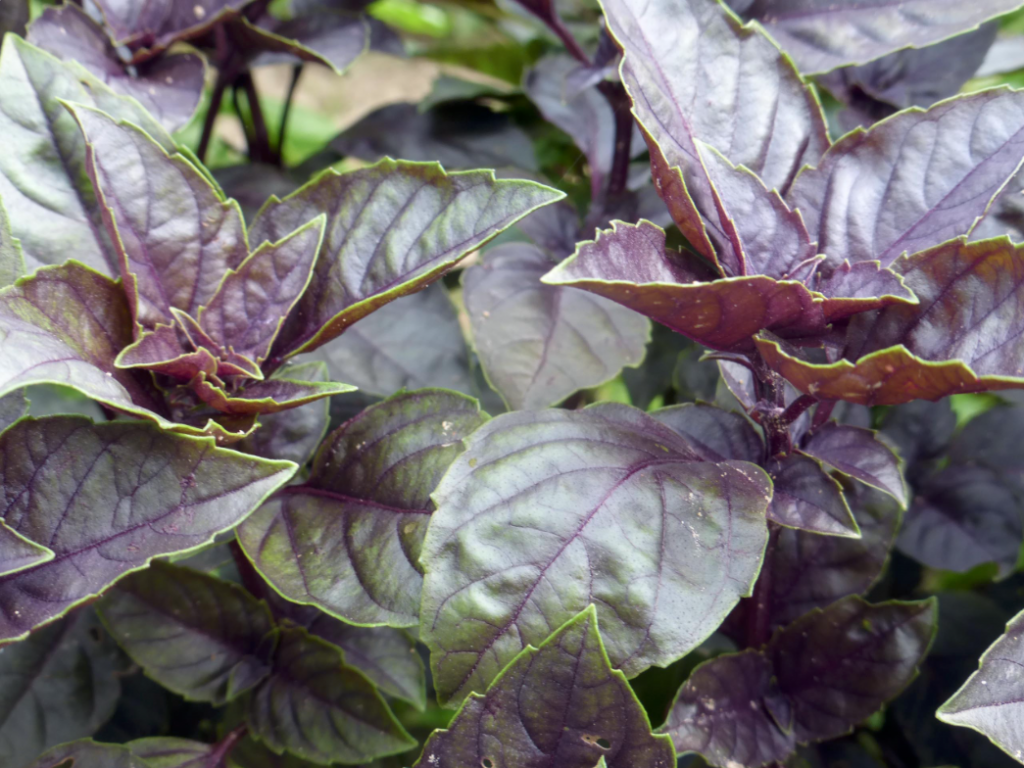
Harvesting
There are a few general tips that can help you capture the best flavor and aroma when it’s time to harvest your herbs.
- Harvest your herbs before they flower as leaf production typically declines after flowering and some plants lose flavor after flowering.
- Harvest in the morning just after the dew dries but before the heat of the day. This is when the plants’ oil content is highest so they’ll be the most flavorful and aromatic.
- Harvest your herbs right before you need them if you can. They lose flavor quickly.
- Avoid washing your herbs if possible.
If you’re harvesting from a perennial plant like lemon balm or chives there are a few additional things to consider.
- Stop harvesting at least 1 month before your last frost date. This gives the plant time to recover, store energy for winter, and avoids encouraging young shoots that could be harmed by a frost.
- For most plants, you should avoid harvesting more than 75% of the plant’s growth.
Preserving
Air Drying
Herbs that have low moisture content, like thyme, can be dried in bundles. Simply cut several stems and tie them together with string. Then hang them upside down in a dark, well-ventilated room. To avoid dust you can place a paper bag upside down over each bundle. Your herbs should be dry in 2-3 weeks and you can remove the leaves and place them in an airtight container for storage.
Herbs with high moisture content like lemon balm and cilantro may need to be dried more quickly, especially in humid climates. You can pull off the leaves and lay them in a single layer to dry on a screen.
Dehydrating
If you have a dehydrator you can preserve a lot of herbs quite quickly. It’s probably easiest to dry whole leaves and then brake them up for storage in an airtight container. When drying herbs be sure to use a low temperature to preserve their flavor best.
Freezing
Herbs are surprisingly easy to freeze and there are several ways to freeze them. The simplest way is to just chop them up, spread them on a cookie sheet, and freeze. You can then move them to a container so they’re easy to grab a pinch when you’re making dinner.
Alternatively, you can freeze them in ice cube trays. Herbs like lemon balm can be chopped up and frozen in water in ice cube tray, excellent for making iced lemon balm tea! Others like basil can be frozen in ice cube trays in broth or butter for adding to meals.
Adding herbs to your garden is well worth the effort especially if you know how to properly harvest and freeze them. Keep these tips in mind this summer as you use your garden fresh herbs for great meals and maybe even a few cocktail garnishes!


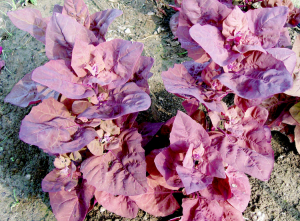
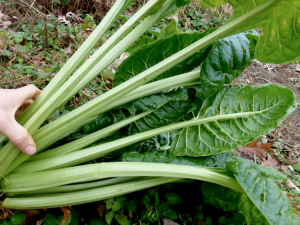 Perpetual Spinach (Leaf Beet Chard)
Perpetual Spinach (Leaf Beet Chard)
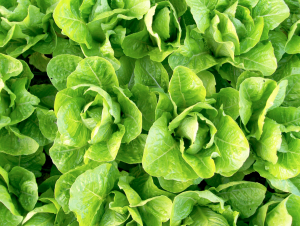 Jericho Romaine Lettuce
Jericho Romaine Lettuce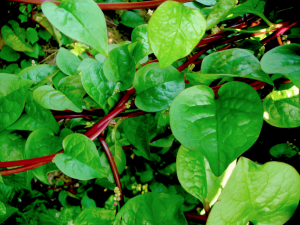 Red Malabar Summer Spinach
Red Malabar Summer Spinach 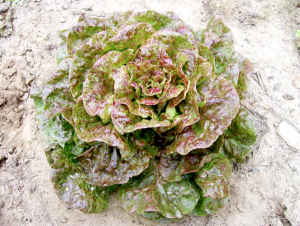 Speckled Bibb Lettuce
Speckled Bibb Lettuce